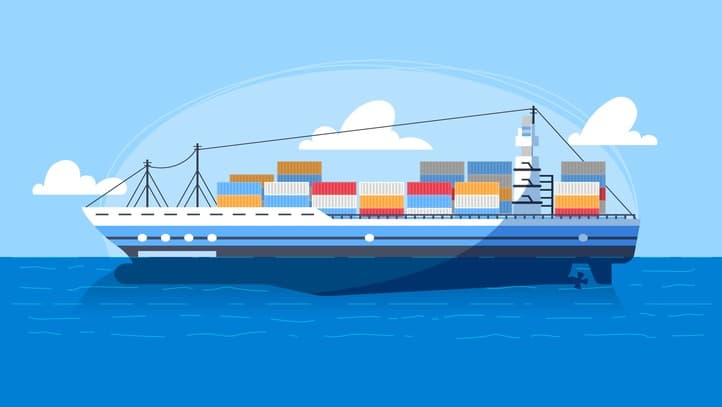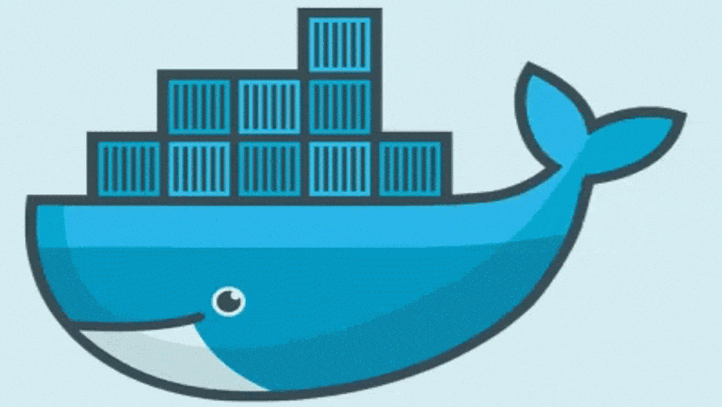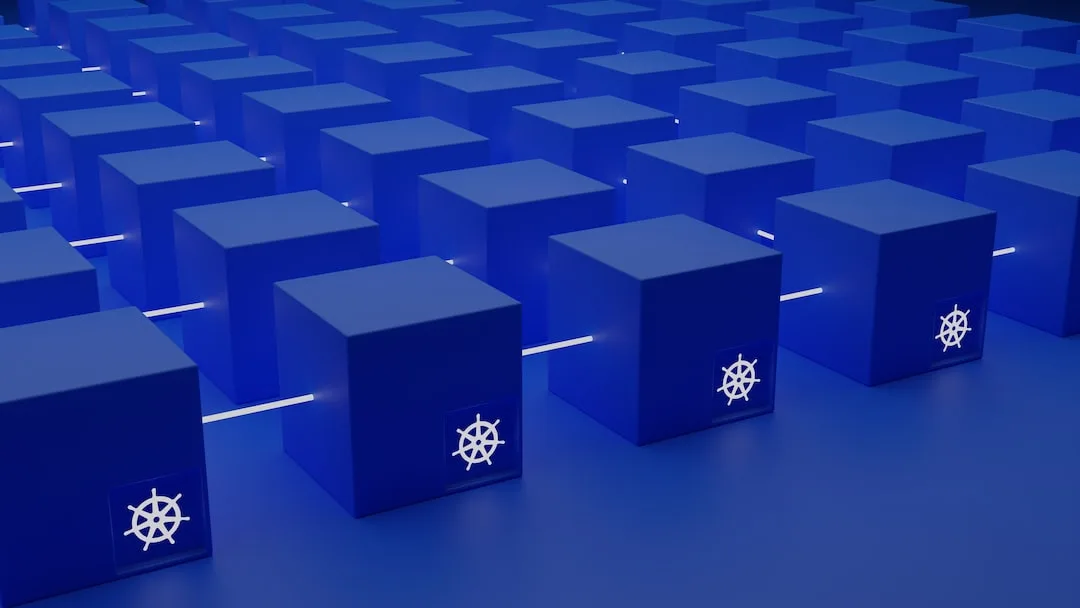
OOPS Concept in Simple English with Examples
- Sarvesh Mishra
- Software Architecture, System Design
- 15 Sep, 2023
OOP is a way of writing computer programs that makes it easier to manage and organize your code. Let's break down some key OOP concepts:
1. Class:
Think of a class as a blueprint or a template. It defines the characteristics and behaviors that objects created from it will have. For example, if you have a "Car" class, it describes what a car should have (e.g., wheels, color, brand) and what it can do (e.g., drive, honk).
2. Object:
An object is like a real-world instance of a class. Using our "Car" example, if you create a specific car called "MyCar," it's an object of the "Car" class. MyCar will have its unique characteristics and can perform actions specific to it.
3. Attributes/Properties:
These are like the characteristics or features of an object. In our car example, attributes could be things like the car's color, number of wheels, or brand.
4. Methods:
Methods are the actions or functions that an object can perform. Sticking with cars, methods could be "start the engine," "stop," or "change gears."
5. Inheritance:
Imagine you have different types of cars, like sports cars and SUVs. Inheritance allows you to create a new class (e.g., "SportsCar") based on an existing class (e.g., "Car"). The new class inherits all the attributes and methods of the parent class but can also have its unique features. It's like saying a sports car is still a car but with some extras.
6. Encapsulation:
Think of encapsulation as putting things in a box. In OOP, you hide the inner workings of an object from the outside world. You provide a clear interface (methods) to interact with the object, but you don't need to know all the details of how it works inside. For instance, you don't need to understand how the engine of a car works to drive it; you just need to use the pedals and steering wheel.
7. Polymorphism:
Polymorphism means that different objects can respond to the same method in their own unique way. Back to cars, if you have a "start" method, it behaves differently for a sports car and an SUV, but you can use the same method to start both of them.
8. Abstraction:
Abstraction is like simplifying something complex. It lets you focus on the essential details while hiding the non-essential ones. In OOP, you create abstract classes that define a general idea of something, like "Vehicle," without specifying every detail. Then, you create concrete classes like "Car" and "Truck" that fill in the specifics.
In essence, OOP helps you organize your code by breaking it into smaller, manageable pieces (objects and classes) that represent real-world concepts, making it easier to understand, maintain, and extend your programs.
Let's Connect on:




